Posted on 11/4/13 by Courtney Smith
Do you hear what I hear? It’s the sound of some awesome anatomy truthiness coming atcha! The middle and inner ear are kind of overlooked in the cool anatomical structures department, so I decided to honor some of the awesome things inside that head of yours.
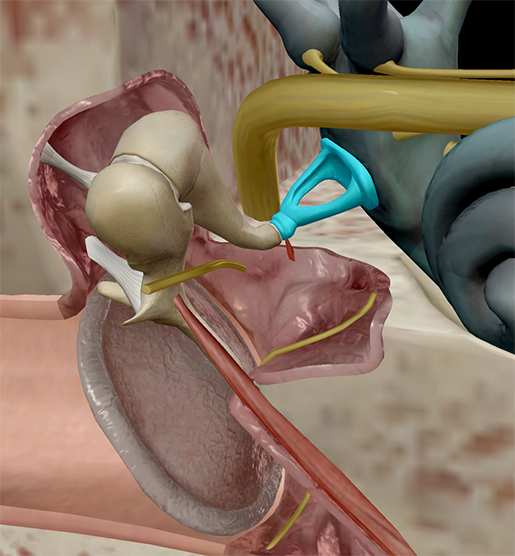 Image from Human Anatomy Atlas.
Image from Human Anatomy Atlas.
The stapes, also known as the stirrup, is one of the auditory ossicles, consisting of a head, neck, two crura, and base. It looks sort of like a wishbone, or, well, a stirrup! Sound waves strike the eardrum and the vibrations travel into the middle ear. When these vibrations reach the stapes, it pushes the membrane of the oval window, building pressure waves in the cochlea, and this begins a process that generates nerve impulses.
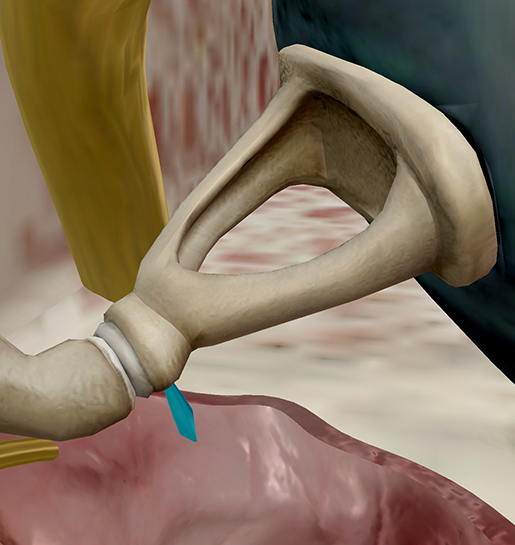 Image from Human Anatomy Atlas.
Image from Human Anatomy Atlas.
The stapedius muscle attaches to the stapes. It stabilizes the bone and dampens large vibrations to protect the oval window from loud noises.
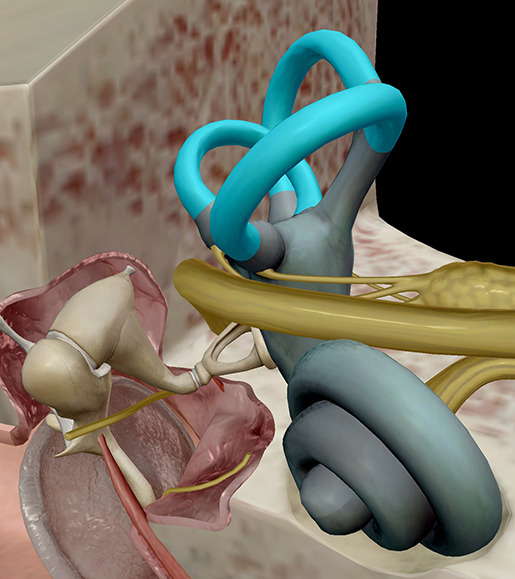 Image from Human Anatomy Atlas.
Image from Human Anatomy Atlas.
The semicircular canals of the vestibule of the inner ear are responsible for balance. They provide sensory input for equilibrium by detecting acceleration or deceleration. Each canal ends in an ampulla; these ampullae contain fluid that moves when the head does. The movement of the fluid causes hair cells to bend, which generates nerve impulses.
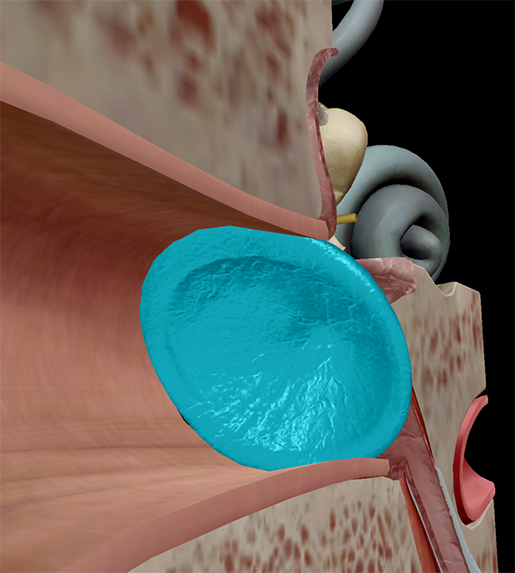 Image from Human Anatomy Atlas.
Image from Human Anatomy Atlas.
The ear drum is a thin, oval-shaped membrane that separates the external auditory canal from the middle ear. Sound waves strike the ear drum, creating vibrations that travel to the auditory ossicles.
It's very easy to perforate the ear drum, which is why you shouldn't stick cotton swabs in your ears.
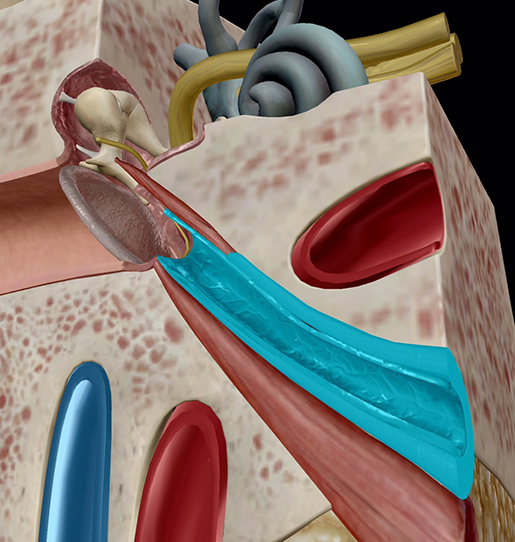 Image from Human Anatomy Atlas.
Image from Human Anatomy Atlas.
Do your ears sometimes “pop” when you yawn? This is actually the Eustachian tube opening, stabilizing pressure in the middle ear with outside air pressure. The Eustachian tube is a channel that links the cavity of the middle ear with the nasopharynx.
Be sure to subscribe to the Visible Body Blog for more anatomy awesomeness!
Are you a professor (or know someone who is)? We have awesome visuals and resources for your anatomy and physiology course! Learn more here.
- Anatomy and Physiology: Stroke Is No Joke: Always Act FAST
- Learn Muscle Anatomy: Of Dads and Rotator Cuff Injuries
- Anatomy and Physiology: 7 Facts about Cardiovascular Disease
Additional Sources:
1. Anatomy & Physiology by Visible Body (iPad, PC, Mac, Windows tablet and Android.)
When you select "Subscribe" you will start receiving our email newsletter. Use the links at the bottom of any email to manage the type of emails you receive or to unsubscribe. See our privacy policy for additional details.
©2025 Visible Body, a division of Cengage Learning